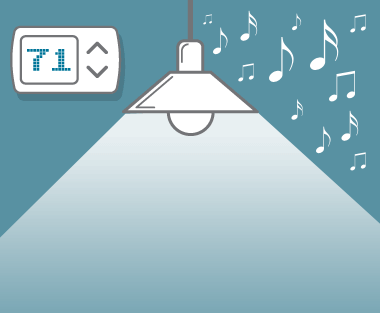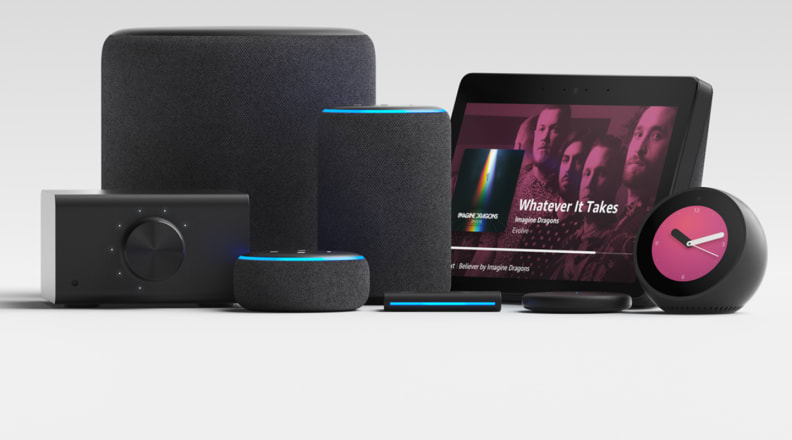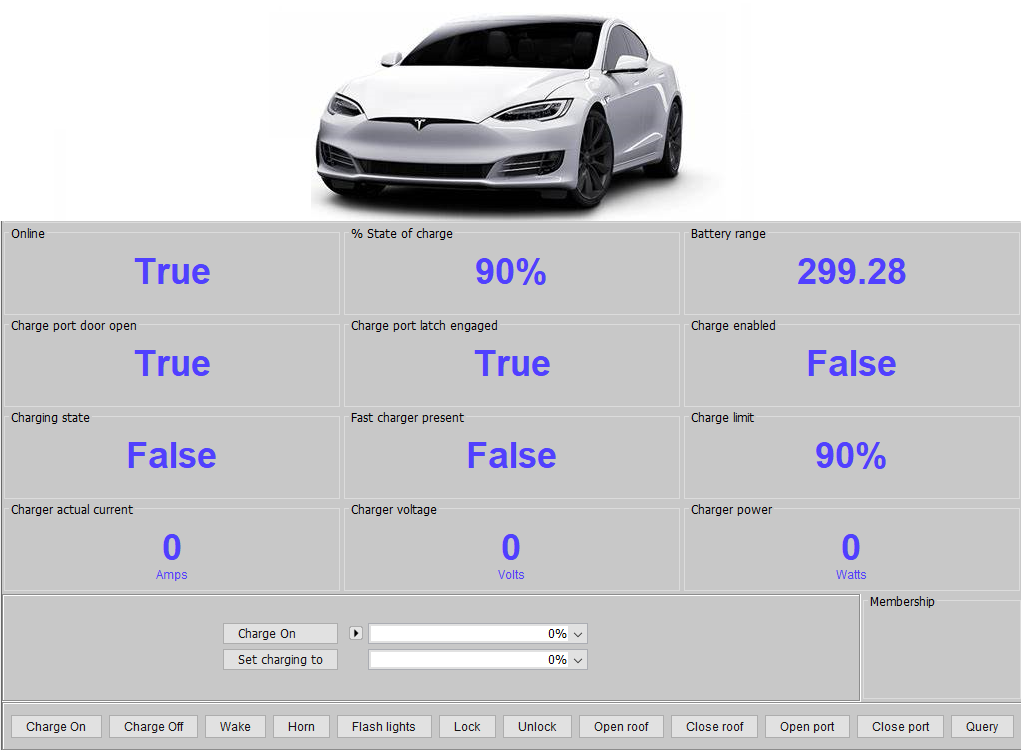Free Way To Hook Up Isy994 To Aleaxa
Use the Amazon Alexa App to set up your Alexa-enabled devices, listen to music, create shopping lists, get news updates and much more. The more you use Alexa, the more she adapts to your voice, vocabulary and personal preferences. Connect to music services like Amazon Music. Choose a song or playlist and listen on your Alexa. As much as you’d like to lie to feel better about yourself, you know deep down that’s not the way to a healthy relationship. Yes it’s free to join, just.

FULL BOOK:Grateful by Kim Fielding online, free NOVEL. “Alexa, play The Twilight Sad”.“Alexa volume up”.“Alexa stop”.“Alex, play Thomas Fehlmann’s Gute Luft”. Amazon’s Echo Dot is one way to get into voice-controlled music playback for a song and, for some, finding their Dad grumbling about the good old days of physical formats and infrared remotes. Download Top TV Shows, TV Series and Full Episodes free in mp4 480 720 HD High quality! Direct download links to all seasons without registration and torrents!
How to Connect Wi-Fi products:
Note that 5 GHz networks may not be supported.
Ensure the appliance is located close to the router with no obstacless between them.
Ensure the Wi-Fi network name does not contain Non-English or special characters e.g '[!@#$%^&*()_+?}{ ]'.
Set the 'SWITCH TO MOBILE DATA' option to OFF on your mobile phone before adding your appliance.
From LG ThinQ app, Choose the + button to add your television.
Select your TV from the list of products. Note, the TV will not be listed on the dashboard of your LG ThinQ app. This is normal.

Press the HOME button on the remote control and launch 'SETUP TV for Amazon Alexa' app on your TV.
Follow the setup guide on your TV to complete the TV registration.
Ensure there are no obstacles between your router and the appliance.
Select your {{product-name}} from the product list.

Does your {{product-name}} have a LG ThinQ logo? *Not applicable to all devices.
Follow the steps on the LG ThinQ app until you can Press and hold the Wi-Fi / Wi-Fi option on your appliance.
Select 'VERIFY CONNECTION' button after the WI-FI connection is completed.
BackNextHomeWe’ve combined three earlier guides into one and conducted a new round of testing on all sensor categories that work with popular smart-home platforms.
August 16, 2021
When placed around a living space, these low-profile wireless devices are able to detect specific activities, like movement, temperature, or the opening or closing of a door. Then they tell other smart devices how to react—smart lights, plugs, speakers, thermostats, and so on—all in an instant, and without requiring any direct commands or effort from you. Some detect just one activity, while others are multitaskers. Install one and you might solve a single problem—add a bunch and you’re on your way to having a home that runs on autopilot.
You might install a motion sensor at the top of a stairway and then, using an app, instruct it to turn on a light downstairs whenever someone walks by at night. If you want to take it to the next level, you might program it so in the morning it tweaks the thermostat, and then starts playing music when you come downstairs. A contact sensor on an exterior door might be used to alert you whenever an Airbnb tenant arrives, or perhaps if the back door has been left open at night. And a temperature sensor in a child’s room (or a chicken coop) can alert you if it gets too hot, cold, humid, or dry, and if you like, even have it adjust a fan or the thermostat automatically. “To get a smart home, you need sensors,” said Mitch Klein, executive director of the smart-home technology group Z-Wave Alliance.
For this guide we tested a few dozen smart sensors that are compatible with three of the most popular DIY smart-home systems: Amazon Alexa, Apple HomeKit, and Samsung SmartThings (Google Home, while popular, has yet to offer meaningful support for smart sensors). Those systems, often called “platforms,” are controlled by their own app and are important because they let you connect your smart sensors with other smart devices, and then customize how they all work together.
Below you’ll find our favorite picks, plus a few good alternatives, for the three major types of smart sensors: motion, temperature, and contact.
I’ve been a journalist for more than two decades and focus on the smart home and connected living. Since 2016 I’ve spent countless hours testing smart-home gadgets for Wirecutter, including smart thermostats, smart garage-door controllers, smart sprinkler controllers, and smart smoke alarms. I’m also a contributor to Dwell, U.S. News & World Report, BBC, and The Ambient, among others.
In researching this guide I spent two years living with smart sensors triggering lights, locks, music, thermostats, and more throughout my home, much to my family’s annoyance.
Smart sensors are a great option for everyone from smart-home newbies to devout enthusiasts. At the most basic level, these small, battery-powered devices offer simple solutions to common problems. Often forget to shut the garage door? Use a contact sensor to send a notification to your phone when it’s been open for more than a reasonable time. Have a toddler that’s just learned how to climb out of her crib? Put a motion sensor in the room and get alerted whenever she’s going rogue.
Smart sensors have a lot more potential than that though, and when a few are distributed around a home and linked up to other devices, they can transform that space from a place that has a bunch of smart-home gadgets to a smart home—where your devices work together, often autonomously.
Besides the convenience and wow factor, smart sensors are an excellent tool for saving energy around the home. A motion sensor can tell smart bulbs and switches, speakers, and a television to automatically turn off when a room is empty for too long or at a set hour every night. Contact sensors on doors and windows can signal a smart thermostat to shut off when they’re opened and turn back on when they’re closed. A temperature sensor can trigger shades to lower when a room is getting too warm on a sunny afternoon.
Sensors need to be set up using a smartphone app, and there are several software ecosystems—often called platforms—you can use with them that in turn are compatible with a whole bunch of devices made by a whole bunch of different companies. (The most popular platforms include Amazon Alexa, Apple HomeKit, Google Home, and Samsung SmartThings; IFTTT is another service that allows you to automate devices from different companies, which we explain in This App Turns Any Smart Device Into a Multitasker.) These platforms are great because they allow you to consolidate the controls of all (or most of) your smart devices into a single app, and they also bring perks like voice control when used with smartphones, smart speakers, smart displays, and tablets. They also let you configure your sensors to trigger other devices, using what are called Routines, Scenes, and Automations. The choice of smart platform is up to you, however if you already use an Amazon Alexa device or an Apple HomePod speaker, you might consider sticking with the platform they support. In addition to discussing sensors that work with smart-home platforms, we included in this guide a few sensors that work with their own app, as well as some that work with multiple platforms, so you don’t have to be locked into just one.
Most sensors communicate over Z-Wave or Zigbee wireless signals (though a few may use common Bluetooth or Wi-Fi, too.) The advantage is that they’re especially energy efficient and therefore support long battery life; they also create a mesh wireless connection, which means each device shares its wireless connection with the sensors closest to it. This way nothing goes out of range—a huge issue you’ve probably experienced if you can’t get on Wi-Fi in certain corners of your home. The downside is that these sensors may also require that you use a device called a hub or bridge, which acts like a mediator between your sensors and your home Wi-Fi network (some smart speakers also function as hubs).
Even though sensors that use Bluetooth or Wi-Fi don’t require a hub, we generally don’t recommend them because they don’t work anywhere near as reliably. In our testing, Wi-Fi sensors react more slowly, drain batteries faster, and are much bigger and more obtrusive than sensors that use less power-hungry protocols. Bluetooth sensors fare slightly better but have significant range issues and don’t work well if they aren’t near your phone. A new wireless protocol, Thread, combines the benefits of all these wireless protocols with none of the drawbacks. But it has very limited availability (see What to look forward to for more on this).
Free Way To Hook Up Isy994 To Alexa Network
This App Turns Any Smart Device Into a Multitasker
Many smart devices are capable of doing way more cool things than they advertise. The free service IFTTT makes it easy to set them free.